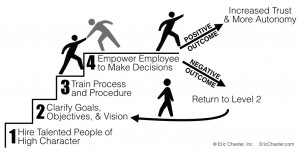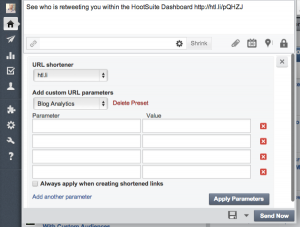Your potential customers are using Pinterest for discovery, planning, and dreaming for the future, which makes it a great channel for accomplishing upper- and mid-funnel brand objectives. But, such branding initiatives are notoriously difficult to measure. Here are five tips to start thinking strategically about Pinterest conversion tracking for your brand, and to measure success on Pinterest.
1. Track conversions, even if volume is low
You’re probably not going to get a lot of immediate direct sales from Pinterest, but the conversion data you collect can provide insight about your customers. Use conversion data to fuel market research. Understand your customers’ preferences, what they’re interested in, what types of imagery or messaging catches their eyes, and the sentiment that appeals to them.
2. Set the right Pinterest conversion tracking window
Since Pinterest is often used for future planning, people generally do not take immediate action after viewing a pin. Most advertisers should use a longer conversion window.
Pinterest allows you to set a conversion window of up to 60 days, meaning Pinterest will take credit for conversions of someone who has clicked or viewed your Pin for up to 60 days. Remember, your customers are likely to hit many touchpoints between viewing a Promoted Pin and making a conversion—interpret the data accordingly.
3. Take advantage of multi-device Pinterest conversion tracking
Because Pinterest has the ability to track users who are logged in, you can collect data across devices. This data could be used to help shape your multi-device strategy beyond Pinterest.
For example, do your customers browse on mobile and purchase on desktop? Do they research on desktop and then make in-app purchases? Dig into the multi-device Pinterest data to see what you can learn.
4. Understand post-click and view-through conversions
on Pinterest
Pinterest allows brands to track page visits, signups, and checkout actions after a user has clicked to your site from Pinterest—all types of post-click conversions. You can also track the above actions after someone has repinned, viewed a close-up of your pin, or viewed your pin within a Pinterest feed, which are essentially view-through conversions.
Take note of which conversion type you are looking at to make comparisons to data from other channels like display or search.
5. Use third-party tracking URLs
To keep all data in one place, and to understand Pinterest’s true influence compared to other touchpoints in your customer journey, implement third-party tracking such as Google Analytics using a tracking URL. Determine which tracking parameters to include in the URL based on your goals.
For example, if you’re looking to understand which demographic is most engaged, include a variable to specify the targeting groups you use to Promote your pins. If you want to understand which messaging and imagery speaks to your audience, include a creative variable.
Where to go from here
The first step to measuring success is to understand your goals. Given that Pinterest is a relatively new platform, set goals around driving conversions to fuel market research and gain insight on your customers.
Digital & Social Articles on Business 2 Community(116)
Report Post





